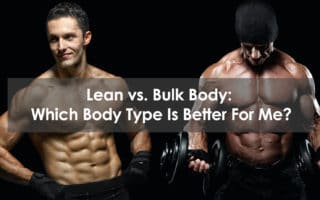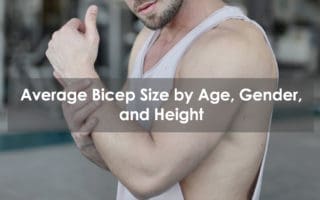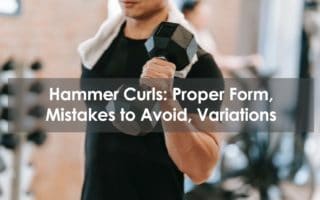Post muscles soreness is part of the muscle-building process. As a result, all iron pumpers have gotten used to a certain amount of uncomfortableness in a muscle after it has been worked. But what happens when your arms are so sore as a result of intense muscle stiffness that you can’t even straighten your elbow?
In this article, I’ll reveal what causes that intense muscle pain that prevents you from straightening your arm and what you can do about it.
Why Can’t You Straighten Your Arm?
You will most probably experience this type of intense muscle pain after an especially heavy-duty biceps muscle workout. If you haven’t worked your biceps for some time and are coming back after a lay-off you are also likely to experience this type of soreness. The origin of the pain usually sits around the elbow joint.
1. Increased Flow of Blood
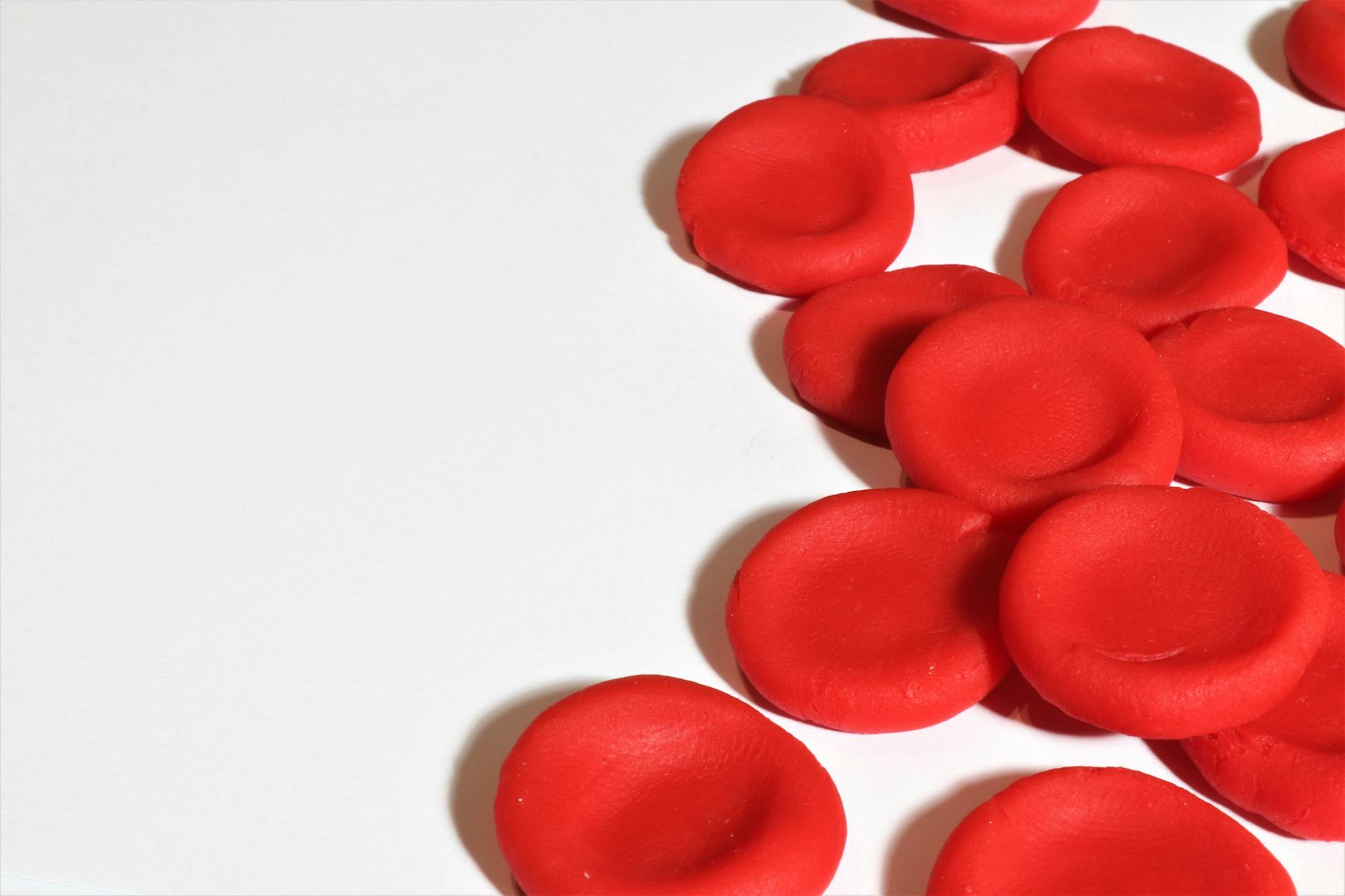
Working out intensely will cause microtears in your bicep muscle fibers. This leads to a phenomenon known as delayed onset muscle soreness or DOMS after exercise. The repair process sees an increase of blood flow in the blood vessels to the worked muscle cells. This increase in blood circulation results in swelling and inflammation, causing soreness. This pain is especially prevalent at the muscle’s insertion point. In the case of the biceps muscle, that insertion point is at the elbow.
While the inability to straighten your arm is a major inconvenience, the process that is taking place is beneficial for your muscle-building efforts. The increased blood flow brings nutrients to the area to repair and rebuild the damaged muscle tissue. This will make your muscles bigger and stronger.
A side effect of the inflammation that occurs as a result of your workout could be that your nerve fibers are pressed down upon. This can result in unnatural pain that prevents you from straightening your arm after a bicep workout. It’s not that you are physically unable to straighten your arm. However, the autonomic nervous system kicks into play so that, as the pain intensifies, your brain directs the elbow to stop bending. You do not have any conscious control over this response.
Physical inflammation can also restrict your ability to move the muscle through its full range of motion. Extreme inflammation resulting from an intense workout could prevent you from extending your arm by several degrees.
2. Cell Damage
The inability to straighten your arm after a workout may be more nefarious than the inflammation and increased blood supply that leads to bigger and stronger muscles. It could actually be due to cellular damage resulting from your heavy lifting. Specifically, it could result from damage to the sarcoplasmic reticulum (SR). This is a net-like structure that surrounds the muscle cell. Your ability to bend and straighten your muscles is largely dependent upon the health of the SR.
The sarcoplasmic reticulum releases calcium into your muscle cells. This acts as a catalyst for movement. So, your body’s ability to move a muscle through its full range of motion is dependent upon a constant supply of calcium by the SR.
Intense training of the biceps could result in damage to the SR. This may prevent the release of calcium to the muscle cells. When this occurs, you will not be able to straighten your arm.
What Causes Cellular Damage?
So, what is the cause of the unnatural elbow pain that results in you being unable to straighten your arm? Fundamentally it is the result of training too hard. Neuromuscular overload can result from doing too many sets and using weights that are beyond your current ability level.
Stressing a muscle beyond its threshold will put you into the overt training zone. To avoid this, you need to know when to stop. The biceps should not require more than 8 sets to be fully worked. When it comes to the weight that you are using, you should make progressive increments rather than large jumps in weight.
Use a moderate weight that is between 70 and 90 percent of your one-rep max. If you are doing 10 reps of an exercise like bicep curls, the first 7 should be quite comfortable to do. The last three should be challenging but not impossible to complete with proper exercise form.
You should not train to failure with heavy weight on every set of your biceps workout. That means that, after you finish your last rep of the set, you should still feel that you’ve got one more in the tank. If you are doing 4 sets of an exercise, only go to failure on the last of those sets where you are using your maximum weight for 6 reps.
If you are coming back after a break from working your biceps, you are in the danger zone of ending up with that severe pain in the elbows that prevents you from straightening your arms. As a result, you should ease back into your exercise intensity carefully. Use a weight that is only 50 percent of your one-rep max and does just 4 sets for the first couple of workouts. Then gradually build up over a period of weeks to get back to your pre-lay-off heavy exercise levels.
You will still experience a degree of delayed onset muscle soreness after a lay-off but, if you follow the guidelines just outlined, it will be nowhere near as severe as it could be.
3. Eccentric Exercises
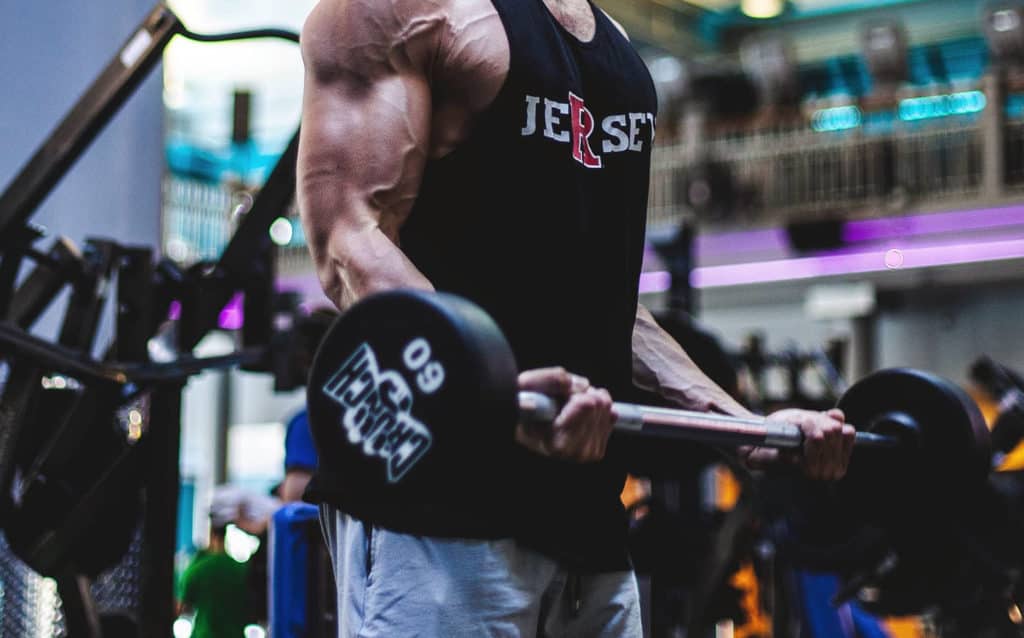
Negative training involves focusing on the eccentric or lowering part, of an exercise. When you are doing the barbell curl, for example, you would do the lowering part at about half the speed of the lifting part. Eccentric exercises result in the greatest degree of muscle fiber damage. That’s because eccentric contractions have you are fighting against the force of gravity.
If you are experiencing intense bicep pain, you should limit your use of eccentric training. Don’t do it all during the time that you are coming back after a lay-off.
How to Relieve Biceps Pain
The first thing you should do if you experience intense biceps pain after a workout is to rule out an actual injury. If the pain is focused on the tendon that attaches to the bicep, you may be affected by tendonitis. If you feel a continuous tingling sensation or a feeling of numbness you may have nerve damage. In both of these cases, you should see a doctor.
You can relieve the intense post-workout pain in the bicep by applying a product like deep heat, which soothes and relaxes the muscle. You can also apply an ice pack for about 5 minutes every couple of hours to bring some relief. Place the ice pack on the crook of the elbow during these sessions. At the end of the session, you will probably be able to straighten your elbow.
You can also stretch the biceps to help to relieve muscle soreness. A simple stretch is to sit on the floor on your butt with your feet flat on the floor and your arms. Now reach your arms behind you and place your palms flat on the floor. Stretch out your fingers and point them toward the wall behind you. Now slide your butt forward toward your heels to extend the stretch on the biceps.
Hold the extended biceps stretch position for 30 seconds, Repeat 3 to 5 times.
Ultimately, though, you will have to wait out your post-workout biceps pain. The suggestions here will give some relief but only time will completely get rid of it.
Conclusion
The type of muscle soreness that prevents you from straightening your arm after a bicep workout is not natural. It is fundamentally a result of overtraining the bicep muscle. Follow the suggestions provided in this article so that you can train with maximum efficiency while avoiding the restrictive pain that stops you from straightening your arm.
Frequently Asked Questions
Can I prevent my muscles from getting sore in the first place?
No, you cannot prevent your muscles from getting sore after a workout. Muscle soreness is a sign of muscle growth and that the repair and recovery process is taking place. You do need to make the distinction between the positive kind of soreness that is a sign of muscle repair and the kind of soreness that is an indication of nervous or muscle damage.





